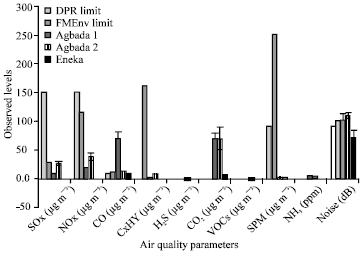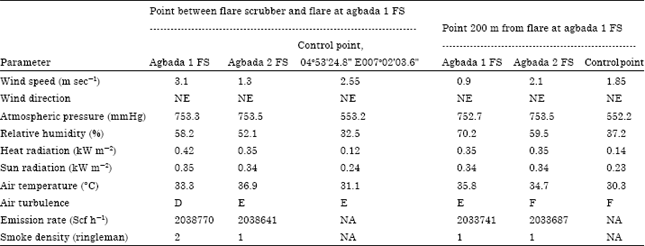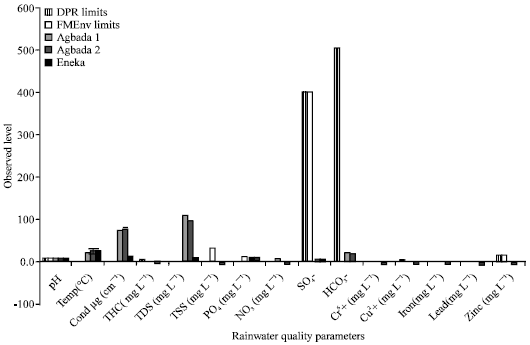Research Article
Estimation of the CO2 Level due to Gas Flaring in the Niger Delta
Department of Biochemistry, Faculty of Sciences, University of Port Harcourt, P.M.B. 5323, Rivers State, Nigeria
M.A. Uzazobona
Department of Petroleum Engineering, Faculty of Engineering, University of Port Harcourt, P.M.B. 5323, Rivers State, Nigeria












ozioko osinachi m Reply
i like the article,would have preferred the whole package for my project.